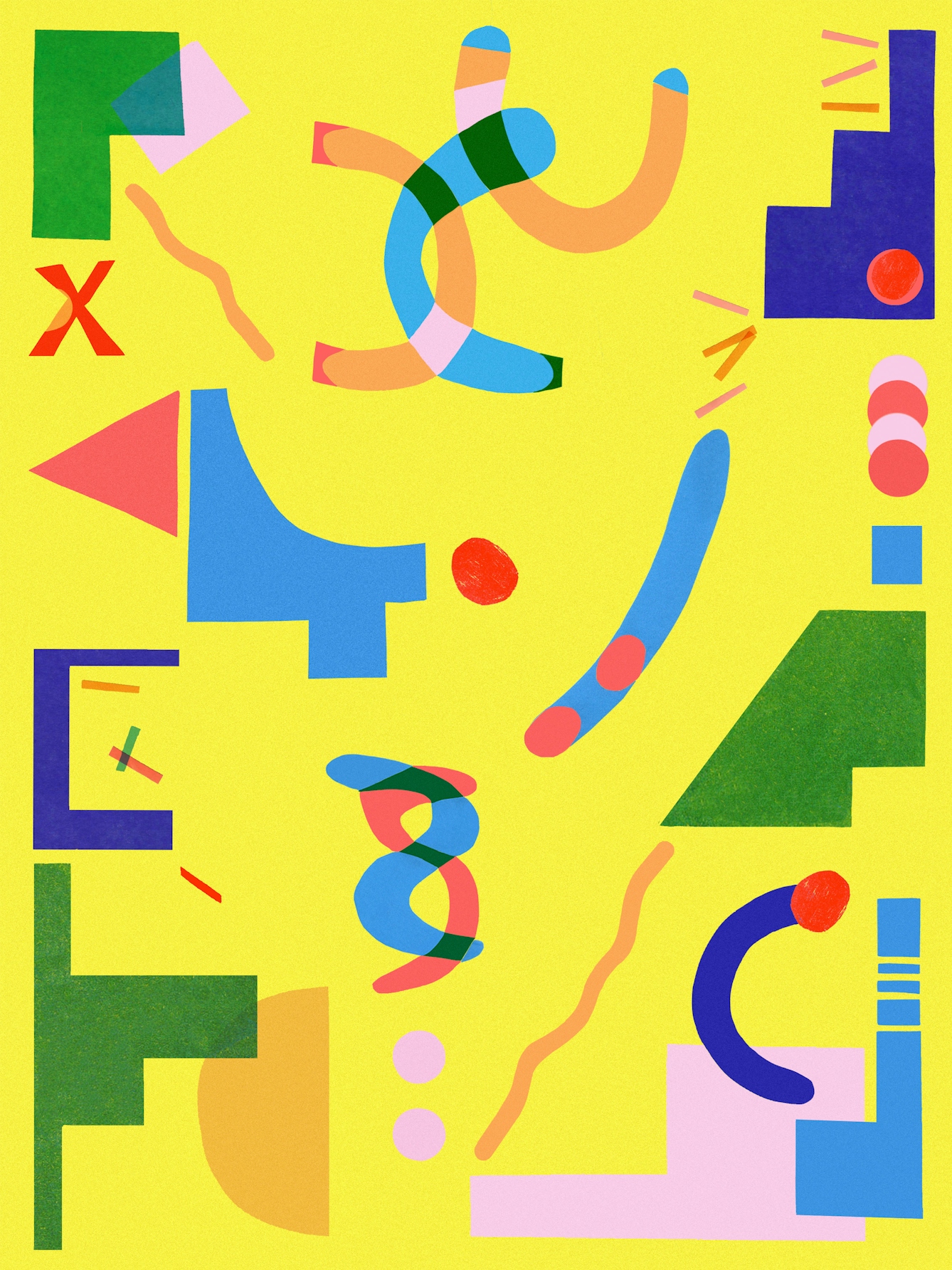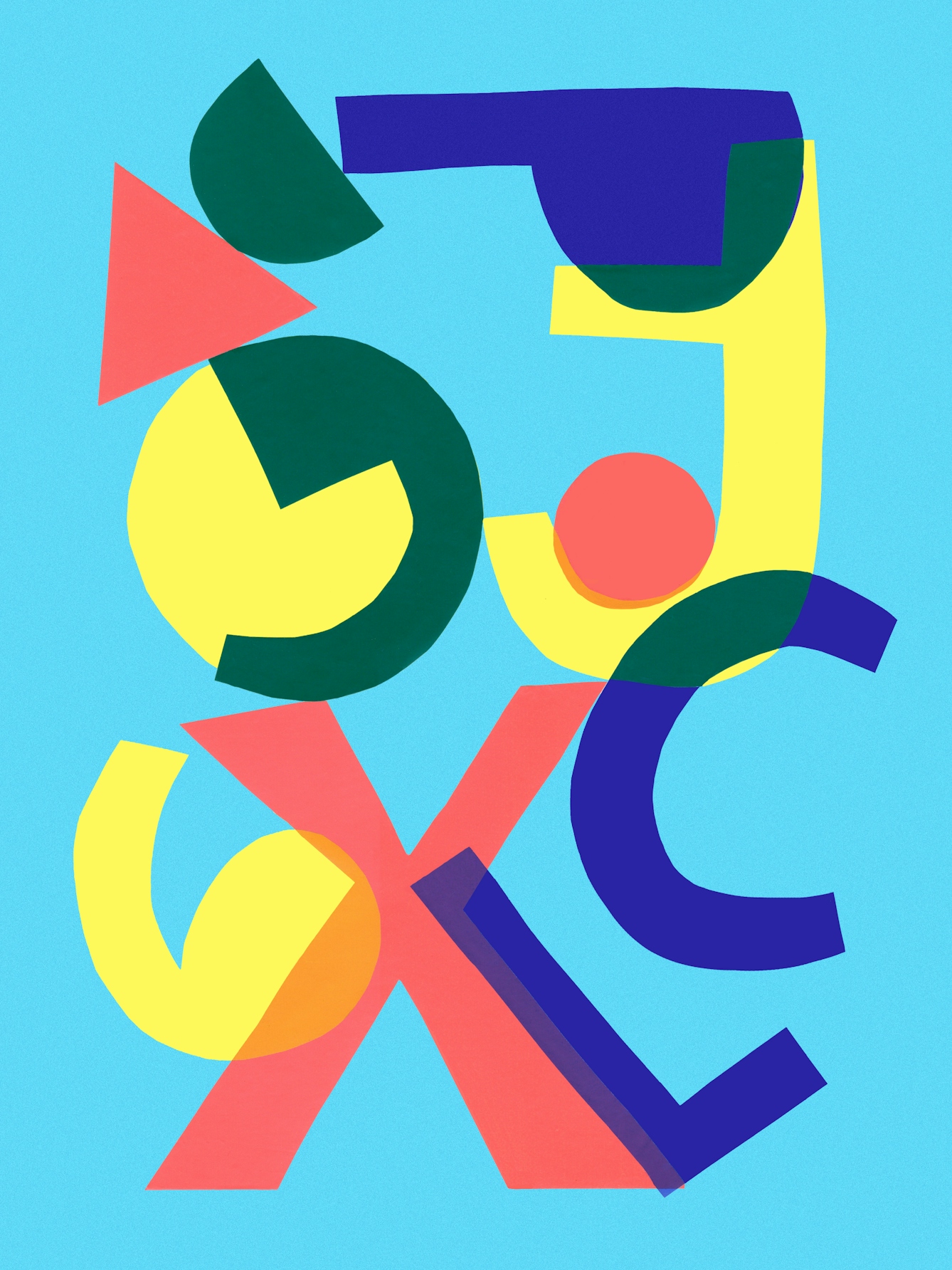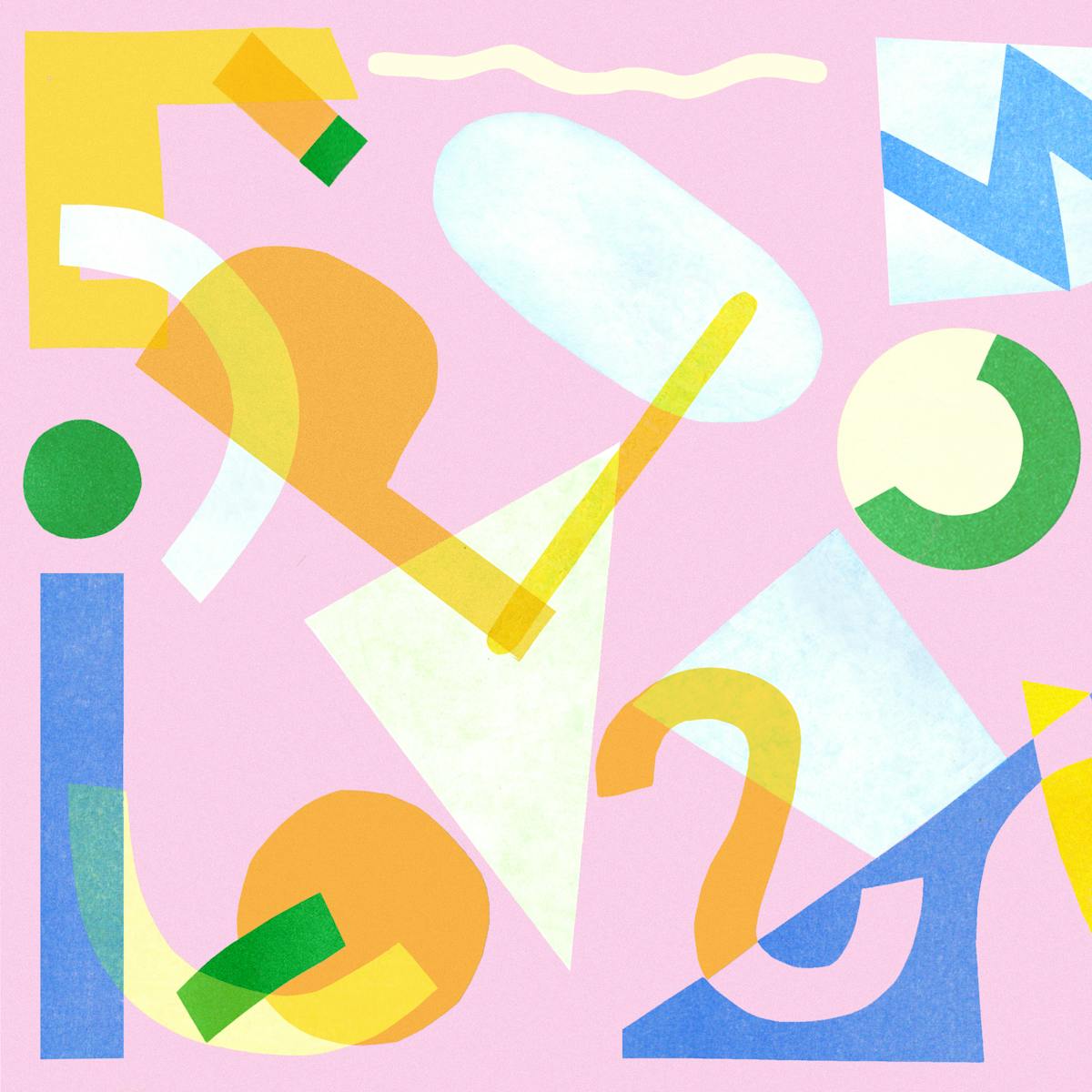Madeleine Morley was diagnosed with dyslexia at the age of eight. Growing up, she learned to live with the condition, while having to overcome common misconceptions about dyslexia. Here she reflects on how misleading ideas about dyslexia undermined her own experiences.
Before I could read, I knew that books would take me on journeys. But when I was old enough to sit down with a book, something vital escaped me. Whenever I attempted to read out loud with my parents, pages became thick, stony and impenetrable. I couldn’t make sense of the units of conjoined letters, and knitting words together didn’t transform the world around me. Instead, it felt like wading through wet concrete.
When I was eight years old, a schoolteacher suggested that I might have dyslexia, which a test confirmed. Then began the painstaking process of sounding out words with a tutor after school, phoneme by phoneme.
Sometimes I thought that I just wasn’t that smart, or that there might actually be something wrong with my eyes. At other moments, I grew convinced that this ‘dyslexia’ thing was actually a giant ruse.
None of that was true, but in retrospect, it’s unsurprising that I picked up on these particular ideas. Myths about dyslexia are deeply entrenched, and the following misconceptions have profoundly shaped the early experiences of those with the learning disability.
Dyslexia as an excuse for low intelligence
In 1896, 14-year-old Percy F was taken by his father to see Dr William Pringle Morgan, a doctor working in Seaford, Sussex. Percy was “bright and intelligent”, but he seemed incapable of learning to read. And instead of writing his name, he’d write “Precy”, and “scojock” would appear in place of the word ‘subject’.
“This inability is so remarkable, and so pronounced, that I have no doubt it is due to some congenital defect,” wrote Morgan in what is probably the first record of a dyslexia diagnosis.

“I couldn’t make sense of the units of conjoined letters, and knitting words together didn’t transform the world around me. Instead, it felt like wading through wet concrete.”
The concern of parents like Percy’s father reflected the growing importance of literacy in the late 19th century; indeed, the first appearances of dyslexia as a diagnosis in Britain correspond with the advent of compulsory schooling. With these first dyslexia patients, the disability became strongly associated with the anxieties of parents, who worried over their children’s futures. And the role of parents prompted the notion that the diagnosis simply concealed a lack of intelligence.
By the mid-20th century, educational psychologists confirmed, with the aid of specialised education, that the learning difficulty was altogether distinct from intelligence. Yet writing in The Spectator less than a decade ago, journalist Rod Liddle still derided the disability as a mere “crutch” with which parents “support themselves when they discover their children are actually dense”. Such ignorance can be pervasive.
Whenever I read poetry in middle school, going over and over each twisted line, in the back of my mind I had the feeling that dyslexia might just be a nicer way of saying I was actually “dense”. This feeling was so overwhelming that I didn’t yet realise how – through the support of my patient parents and daily exercises – books were slowly opening up for me.
Dyslexia as a pretext for middle-class parents
In high school, the feeling that dyslexia might not actually exist at all began to creep up on me. My dad had occasionally joked that it was all a “middle-class illusion”, having grown up in a working-class context in which access to information about invisible disabilities, like learning difficulties and mental illness, was near impossible to come by.
Like ADHD, dyslexia has long been thought of as a “middle-class myth”, lending certain children an excuse for their poor grades or an additional leg up in exams (such as extra time and the use of computers). Yet as Dr Philip Kirby writes, “the early history of dyslexia shows that the worries of certain parents were deemed serious enough to be considered”.
Prior to state recognition of dyslexia, having parents with financial means was the only way in which a child with dyslexia could receive support. It was not until the 1970s, thanks to campaigning efforts, that the door to widespread state support and funding for dyslexia in the UK finally began to open.
But some have argued that the historically middle-class prevalence of dyslexia gives reason for scepticism about its existence, which in turn makes it harder for students of all backgrounds to receive attention.

“In high school, the feeling that dyslexia might not actually exist at all began to creep up on me. My dad had occasionally joked that it was all a ‘middle-class illusion’.”
Defining dyslexia as a visual disability
Whenever I'd start answering a question during an exam, paragraphs and paragraphs of writing would flow out from me. I’d leave the room so excited – I’d definitely done it this time. But the next day, my teacher would call me over. What I’d written was great, she’d say, but I didn’t answer the question at all.
I’d reread the exam prompt a couple of times and swear it had said something different yesterday. Was there something wrong with my eyes?
At the turn of the 20th century, the early observations of dyslexia were made primarily by ophthalmologists, who introduced the phrase “word blindness” to describe the disability. Subsequent testing revealed that the symptoms of many people with dyslexia had nothing to do with eyesight, but the term “word blindness” stuck.
Even today, it’s common for dyslexia to be associated with ideas of visual distortion. A child with dyslexia may be shown how to spell “d-o-g” all day long, only to be unable to recognise the word the next day.
From the outside, these symptoms seem visual in nature. In fact, the child is not struggling because they can’t see the individual letters – it’s because they’re having problems matching the letters to units of sound, difficulties rooted in neurological processing.
The false hope of dyslexia-friendly fonts
At some point in my schooling, maybe when exam prompts were shapeshifting before my eyes, I was given a set of transparent colour overlays by a teacher and advised to use certain specialised fonts when on the computer. These measures, I was told, would help prevent letters from swimming and turning (children with dyslexia often confuse similarly shaped letterforms, like ‘b’ and ‘d’).

“When disabilities are invisible, they’re often more difficult to define and more susceptible to suspicion. Having taken root and developed slowly over time, these misconceptions of dyslexia distorted my own comprehension of my diagnosis.”
I was too embarrassed to admit that I never saw letters spin or that these coloured sheets did nothing to help. This might reveal, I feared, that I didn’t have dyslexia after all, or, even worse, that I was a lost cause. These aids can add to the frustration and confusion, and give some students, like myself, false hope and very real disappointment.
Since the 1980s, coloured lenses and overlays have been used to ease visual difficulties with reading; more recently, a variety of “dyslexia-friendly fonts” have also emerged, which seek to make letterforms more visually distinctive and therefore memorisable.
Some peer-reviewed research now confirms that these fonts do not have any effect, and while overlays may bring some short-term relief to readers struggling with eye strain (and not only those with dyslexia), they have not been properly evaluated. As psychologist and dyslexia expert Margaret J Snowling has noted, they’re “unlikely to help spelling”.
When disabilities are invisible, they’re often more difficult to define and more susceptible to suspicion. Having taken root and developed slowly over time, these misconceptions of dyslexia distorted my own comprehension of my diagnosis.
It was never my eyes, never my intellect, and never a cover-up. With the right support, my reading improved and I went on to study English at university. Like other disabilities of its kind, dyslexia has always been difficult to read.
About the contributors
Madeleine Morley
Madeleine Morley is a writer based in Berlin and originally from London. Most of her work focuses on art, design, tech and culture, and her words have appeared in the New York Times, the Guardian, Dazed & Confused magazine, Fast Company, and many more.
Lucy Grainge
Lucy Grainge is an artist and designer from Manchester based in London. She is also a workshop facilitator interested in community-centred and collaborative art practices. Lucy is co-creator of mental health and socio-politics magazine, Psyche and co-founder of Wiggle Wonderland, a touring pavilion activated by artists and communities.


